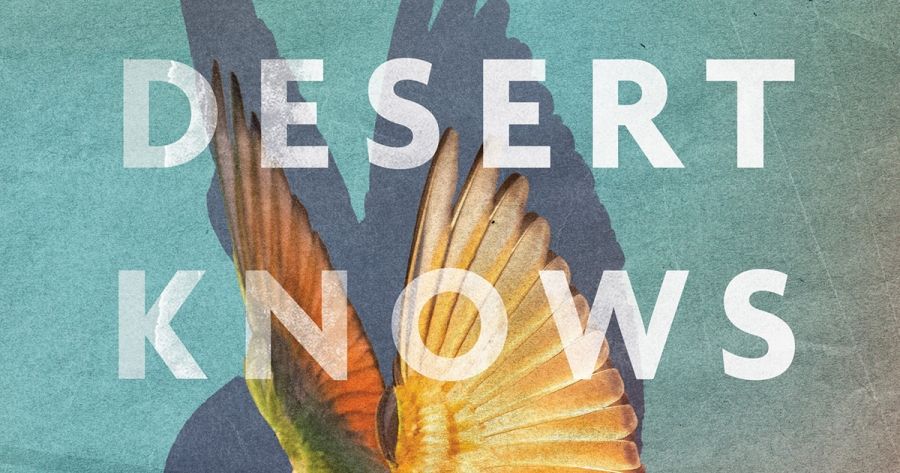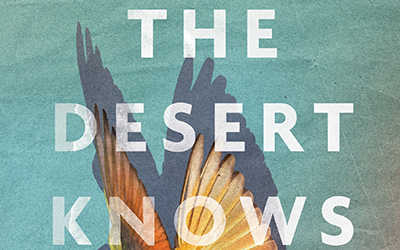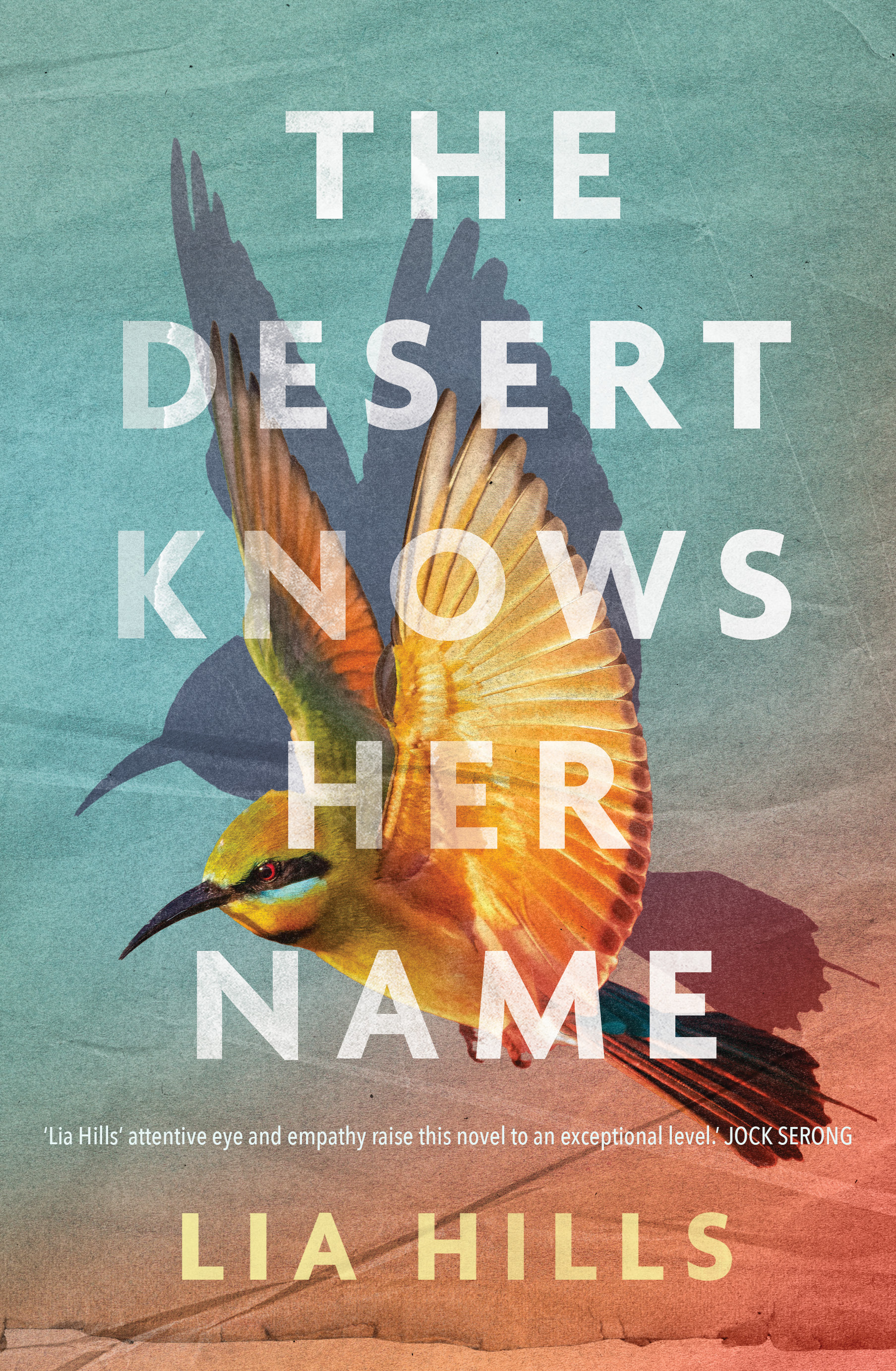
- Free Article: No
- Contents Category: Fiction
- Review Article: Yes
- Article Title: ‘Listen, deeply now’
- Article Subtitle: Sounds of the Wimmera
- Online Only: No
- Custom Highlight Text:
In scene-setting a discussion of Lia Hills’s The Desert Knows Her Name, it is difficult to avoid going straight to the matter of genre. What we have is postcolonial, outback-noir eco-fiction. This genre mash-up isn’t new and is arguably a defining fictional mode of post-settlement Australia’s third century. As a form, it provides a meeting place where authors, both Indigenous (Melissa Lucashenko, Julie Janson) and non-Indigenous (Alex Miller, Tim Winton, and Gail Jones), meet to worry through complexly entangled fears around colonialism’s dark legacy, personal trauma, social dysfunction, and environmental degradation. And it isn’t territory new to Hills, as readers familiar with her previous (second) novel, The Crying Place (2017), will be aware.
- Featured Image (400px * 250px):

- Alt Tag (Featured Image): Paul Genoni reviews ‘The Desert Knows Her Name’ by Lia Hills
- Book 1 Title: The Desert Knows Her Name
- Book 1 Biblio: Affirm Press, $34.99 pb, 288 pp
- Book 1 Cover Small (400 x 600):

- Book 1 Cover (800 x 1200):

While outback-noir often relies on unspecified locations that derive menace from being both anywhere and nowhere, The Desert Knows Her Name is precise in its setting. The novel’s action revolves around the fictional town of Gatyekarr. ‘Gachie’, as the locals know it, sits on the edge of the Wimmera’s Little Desert, a liminal space between the plains of Australia Felix and the real desert. It is a town perfectly located for exposing the damaged reality of native environments and persistent colonial-settler anxieties.
The tale unfolds through alternating first-person accounts by Beth and Nate. Beth, a middle-aged woman living alone and scraping a meagre income by collecting, planting, and selling native seeds, provides the plot with its ecological conscience. Beth’s parents having died in unexplained circumstances, her motivation is to restore the plains damaged by her own family’s farming practices. Nate is the Gachie-born pub owner and barman, battling a shattered past that includes the drowning death of his five-year-old daughter. After living away he has returned to his hometown in search of recovery. United by loss and loneliness, Beth and Nate are supportive friends.
The third main character is a young girl of ‘twelve, thirteen maybe’ who wanders out of the desert into Beth’s farmhouse. She is shoeless, dehydrated, scared, and scarred. And she doesn’t speak, apparently rendered mute by some trauma that is beyond her to express, or Beth to discern. Suspicion grows that she has been the victim of abuse or crime.
Beth draws Nate into a conspiracy to shelter the child (whom they call Freya) while trying to unravel her origins and story. Their efforts prove futile. Word of her arrival quickly spreads through a town that is already on edge about an impending celebration of its one hundred and fiftieth anniversary, which threatens to inflame contested histories and settlement-era rivalries. Rumours spread, fears mount, and fingers are pointed.
In addition to the narratives of Beth and Nate, the text also includes a third, omniscient narrator. In Gachie, where motivations are often transparently short-term and self-interested, it is this voice that constantly calls attention to a longer view of the Wimmera’s natural and human histories. While the land might appear to be as mute and untouchable as the found child, this third voice expresses a lyrical plea on behalf of the place and its many sounds. The reader is regularly invited to ‘listen, deeply now’, because ‘nothing goes unheard out here, and everything’.
It is this insistent reiteration of the sounds of the Wimmera that foregrounds the tale’s moral underpinning, with its respect for deep time – insect rustle, a sighing bough, the wind on grass, and particularly birdsong in its endless variety. The reader is asked to consider the place of the human voice as part of the Wimmera ecology, voices that also risk being silenced by time, neglect, or wilful forgetting. These include explorers Thomas Mitchell and Granville Stapylton, poet John Shaw Neilson, Aboriginal boy William Wimmera, and singer-songwriter Nick Cave.
It is with these contemplative narrative segments, with their passionate and melancholic rendering of place and time, that Hills’s writing finds its authentic groove. She builds the allegorical weight of both the natural and human sounds of the Wimmera and establishes how ‘when humans quarrel, the land always pays’.
Hills, however, seems less comfortable with the novel’s noir aspect. As the ‘thriller’ components mount, a gap emerges between the rich allegorical framework and the need to sustain an engrossing mystery. Partly this results from a familiar cast of supporting characters – a fifth-generation farmer, an Indigenous elder, a policeman, a journalist, a university researcher, a runaway from a local cult – who have insufficient space to emerge as little more than predictable types.
Aspects of the plot also suffer from being familiar from other ‘outback’ novels. These include speech loss as a portent of other silences (Billy and Perdita in Gail Jones’s Sorry [2008]; Oblivia in Alexis Wright’s The Swan Book [2013]), and the use of grassland fire as a weapon (Jane Harper’s The Dry [2016]). A town reunion creating a flashpoint for colonial grievances recalls Thea Astley’s A Kindness Cup (1974), a novel which, half a century after its publication, increasingly feels like a transformative moment in Australian fiction.
Also familiar are tropes such as the constant re-inscription of land(scape) (‘The land is written and overwritten’); the prevalence of diseased and traumatised bodies as an index of environmental ills; and the use of an archive to resolve modern mysteries.
Many readers will justifiably welcome The Desert Knows Her Name and future novels by Lia Hills. She is a skilled writer and her attention to the long game of evolving national configurations will remain important. But the results may have more impact if she homes in on the less that lies among the more; and pushes against what might be thought to be the reader’s zone of expectations. There is about The Desert Knows Her Name a seeming separation between the author’s real ambitions and the desire (or need) to grow an audience.


Comments powered by CComment